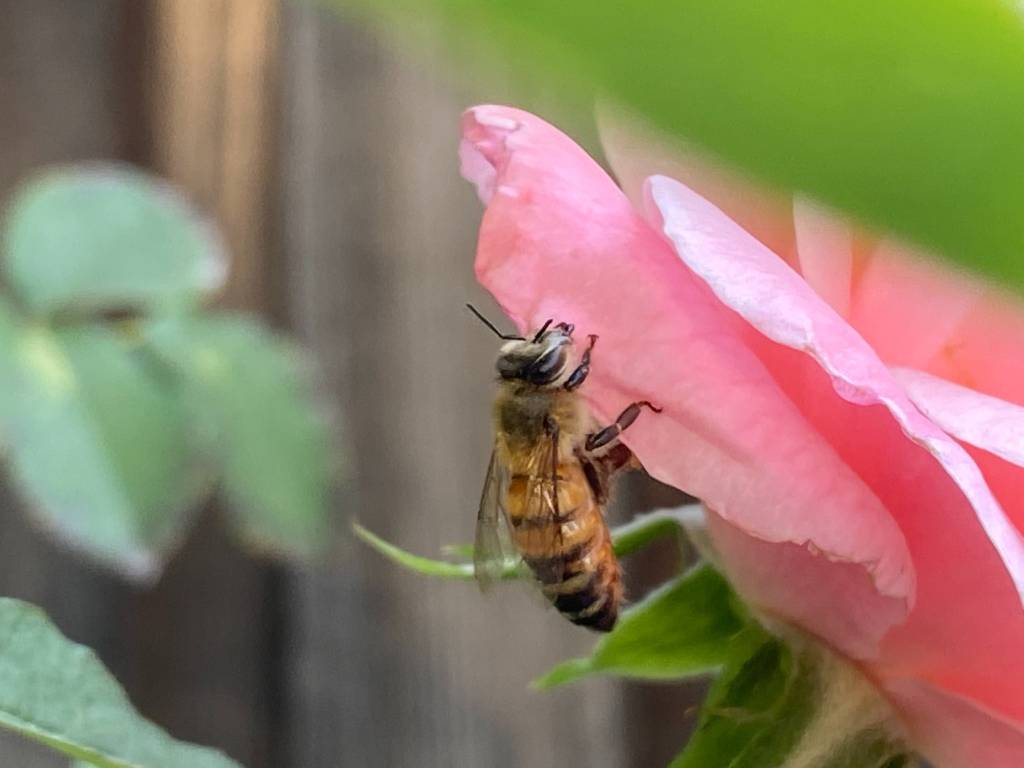How Do Bees Create Sweet Honey?
It goes by the scientific name, Apis Mellifera, but we like to call it the European honey bee. As beekeepers, we love to drool over the sweet honey bees make with its powers of pollination that they have been doing for over 1,000 years.
Busy Buzzy Bees
If you didn’t already know, bees need flowers as their important resource in order to make sweet honey. A state of honey bees can visit up to 50 million blossomed flowers every day, with upwards of 60,000 honey bees in every colony. They're not called hard workers for no reason! Bumble bees cooperate collectively to settle on choices about where the best blossoms are. They speak with one another utilizing knocks, commotions and even dance moves known as the wiggle dance.

All honey bees during their life have various jobs, contingent upon how old they are. To make nectar, laborer bumble bees fly up to 5km looking for blossoms and their sweet nectar. Typically, they'll visit somewhere in the range of 50 and 100 blossoms for each excursion. Nectar is the primary element for nectar and furthermore the principal wellspring of energy for honey bees. Utilizing a long straw-like tongue called a proboscis, bumble bees suck up nectar drops from the blossom's exceptional nectar-production organ, called the nectary.
At the point when the nectar arrives at the honey bee's nectar stomach, the stomach starts to separate the perplexing sugars of the nectar into more straightforward sugars that are less inclined to crystallization, or getting strong. This cycle is classified "reversal". When a specialist bumble bee gets back to the province, it passes the nectar onto another more youthful honey bee called a house honey bee (between 12-17 days old). House honey bees take the nectar inside the province and pack it away in hexagon-formed beeswax nectar cells. They then, at that point transform the nectar into nectar by drying it's anything but a warm breeze made with their wings.
When the nectar has dried out, they put a cover over the nectar cell utilizing new beeswax – similar to a little nectar container. In the colder time of year, when the blossoms have completed the process of sprouting and there's not as much nectar accessible, the honey bees can open this top and offer the nectar they saved.
Bees and the Pollen
Since nectar comes from blossoms, there are many various kinds of nectar with various tones, scents and flavors. Some nectar can even be utilized as medication.
Likewise, honey bees don't simply gather nectar to make nectar. At the point when they visit blossoms, they likewise gather dust – which is an incredible wellspring of protein to keep them sound and solid.
Dust is a sort of powder which blooming plants, trees and grasses make (and should spread) to help business as usual plants develop around them. Dust can spread in manners, for example, being passed up the air, or being conveyed between two of a similar plant by a bug.
So by moving dust between blossoms, honey bees likewise assist with pollinating blossoms. These regularly transform into the seeds of the leafy foods we eat. Indeed, around 33% of the food we eat is pollinated by honey bees.
International Bees
Did you realize the yellow fluffy bumble bee is only one of more than 20,000 honey bee species on the planet? There are more than 1,700 in Australia alone, some of which can make nectar.
Some local stingless honey bees just found in Australia, for example, Tetragonula carbonaria and Austroplebeia australis, produce nectar as well. There are likewise ten other bumble bee species abroad, like the goliath bumble bee (Apis dorsata) in Nepal and Indonesia, which live at the highest point of high bluffs and huge trees. There's additionally the Eastern bumble bee (Apis cerana) which is overseen by beekeepers in provincial and distant regions all through Southeast Asia.
There will never be a superior opportunity to place in local blossoming plants and stop to smell the flowers. Keep in mind, like your dog or cat, honey bees should be cared for as well. Here at Bee Safe Bee Removal, we always aim to take care of our local bee by providing people safe and quick services.
Beekeeper Specialist Jul 12, 2021
